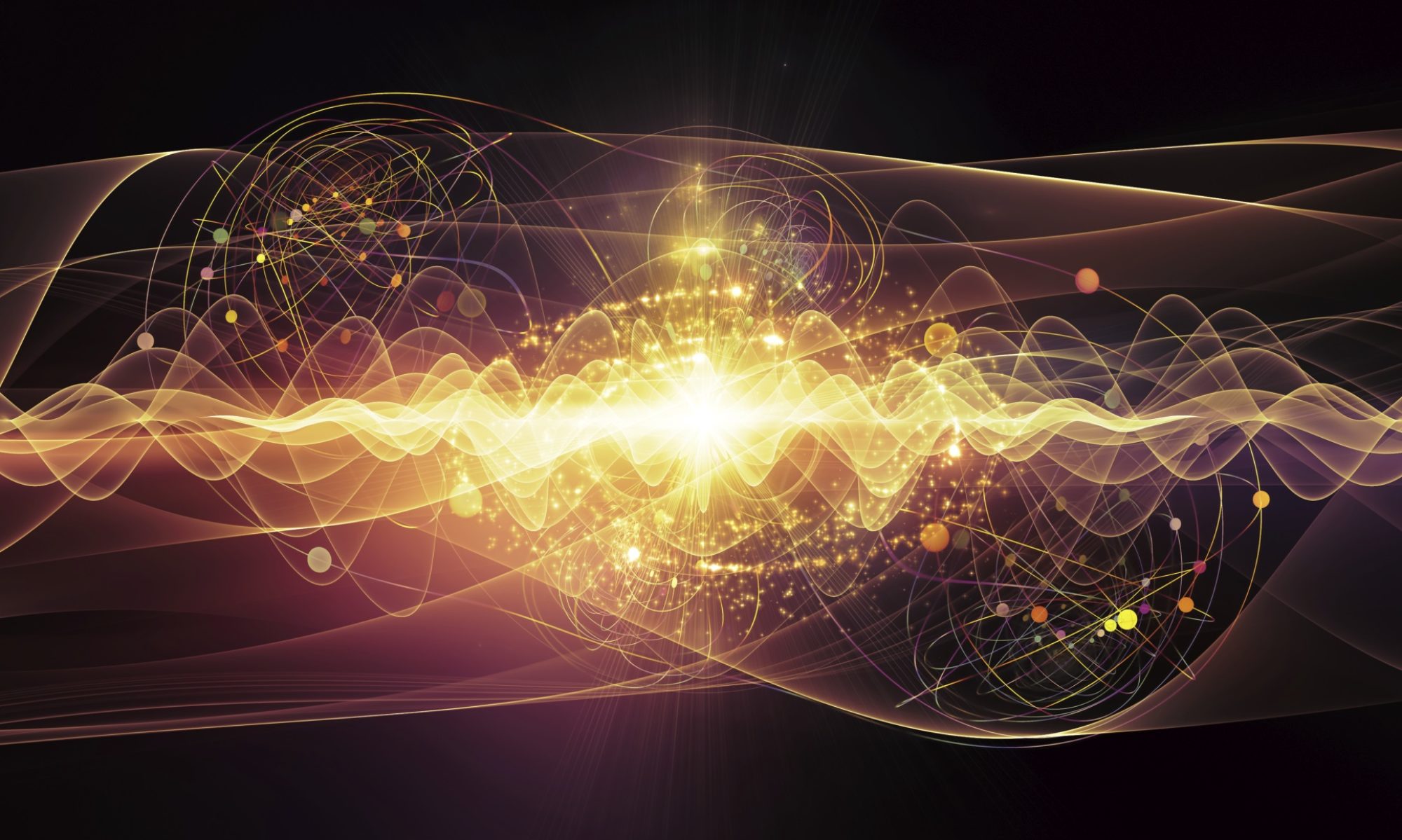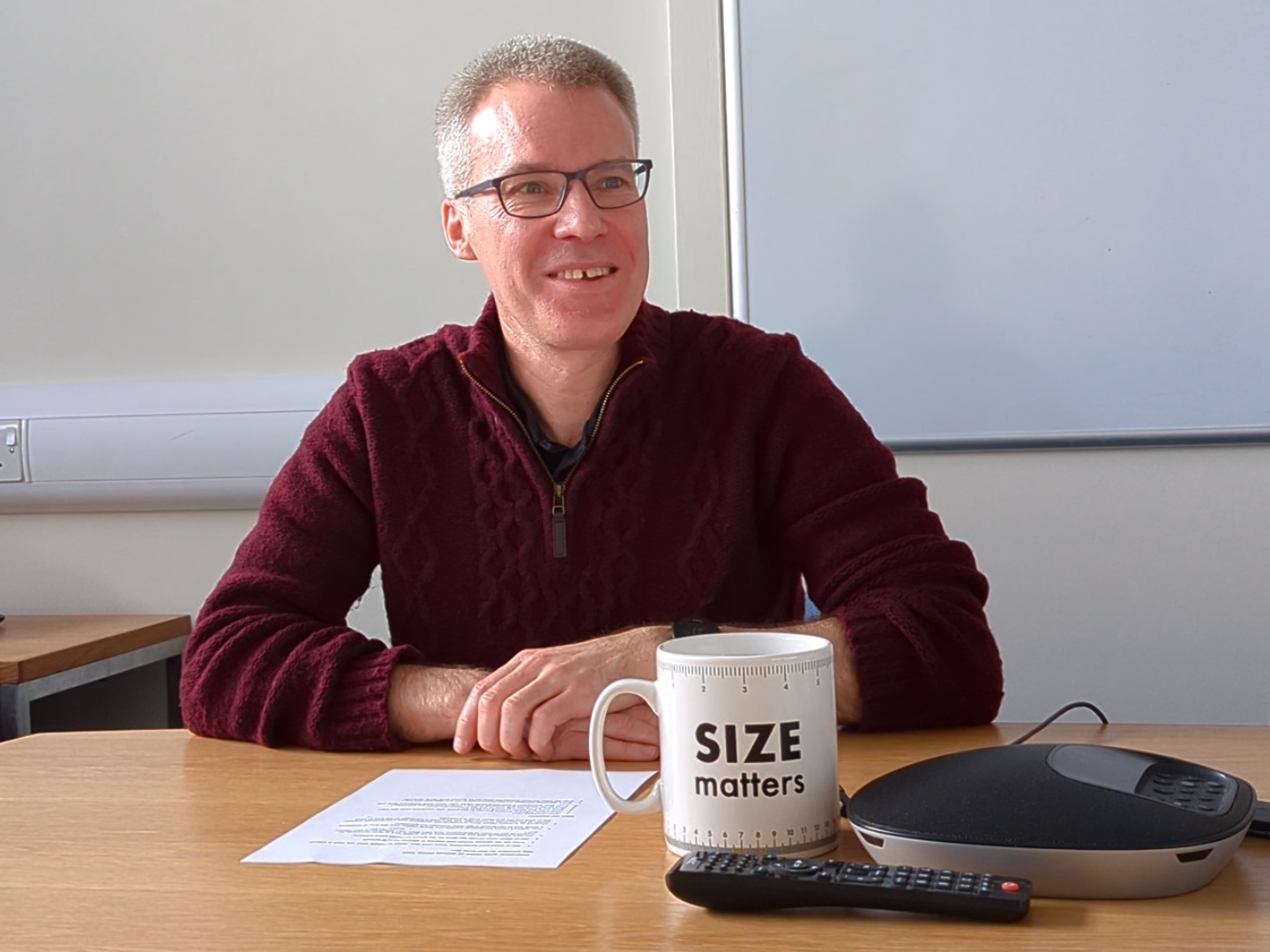
Have you ever wondered why, we can’t rewind our lives like a video? Why spilled coffee on the desk doesn’t spontaneously return to the mug or why vapor doesn’t retrace its path into ice cubes? The everyday experience of time “flowing” in one direction feels so natural that we barely question it – until we pause to ask: Is time truly forced to march forward, or might there be cracks in the arrow that point otherwise?
By Gayathri Pillai
Continue reading “Time – Why it only moves forward (or does it?)”


